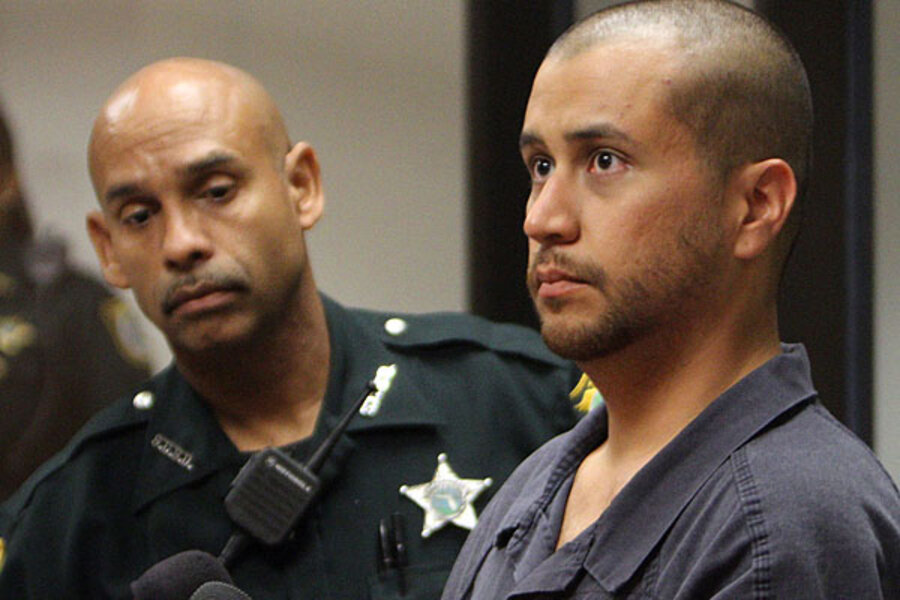Trayvon Martin case: George Zimmerman in bandages, say neighbors
Loading...
| Sanford, Fla.
Neighbors of George Zimmerman say he had bandages on his nose and head the day after he shot dead Trayvon Martin, supporting statements by the neighborhood watch volunteer that he was beaten in a confrontation with the black Florida teenager.
The extent of Zimmerman's injuries could be crucial to his legal defense under Florida's "Stand Your Ground" self-defense law, which allows the use of deadly force when someone has the reasonable belief he could face death or great bodily harm.
Police said Zimmerman, who has been charged with second-degree murder in the racially charged case, was bleeding from the nose and the back of his head and was treated by medics before being taken to Sanford police station after the Feb. 26 shooting.
IN PICTURES: Trayvon Martin protests
But public doubts were later raised by the release of a grainy surveillance video from the police station in which no injuries were readily visible.
Zimmerman later sought medical treatment for injuries including a broken nose, his former lawyers have said.
Jorge Rodriguez, Zimmerman's next-door neighbor, told Reuters that when he saw Zimmerman the day after the incident, "he had two big, butterfly bandages on the back of his head, and another big bandage...on the bridge of his nose." He was talking to a police detective in his driveway.
Rodriguez's wife Audria also said she saw the bandages and a third neighbor, who spoke only on condition of anonymity, agreed with the Rodriguez couple's account. "I saw two bandages on the back of his head, and his nose was all swollen up," said the witness, who had watched from a nearby second-floor window.
The neighbors spoke to Reuters on Sunday and Monday, saying they felt they owed him their public support after he was charged with second-degree murder.
Zimmerman, 28, was originally released after the shooting, when Sanford police accepted his claim of self-defense. He was arrested and charged by a special prosecutor last week after demonstrations around the country at which the police were accused of failing to properly investigate the death of the black 17-year-old.
Zimmerman, who had been in hiding since shortly after the shooting, turned himself in.
Witness accounts have supported Zimmerman's story that there was some kind of fight between him and Martin. Martin was returning with candy from a convenience store to his father's fiancee's home in a gated community when Zimmerman spotted him and called to police to say the teen appeared suspicious.
Zimmerman's father and brother have said he had his nose broken and feared for his life before taking out his licensed handgun and shooting Martin dead.
The neighbors said they spoke to Sanford police and the FBI in their investigations but did not recall speaking to the office of special prosecutor Angela Corey, who charged Zimmerman with second-degree murder.
Corey's office and Sanford police declined to comment on the matter and Zimmerman's attorney Mark O'Mara did not return calls for comment. (Reporting by Chris Francescani; Editing by Daniel Trotta and David Storey)
RECOMMENDED: How well do you know the Second Amendment? Take the quiz.







